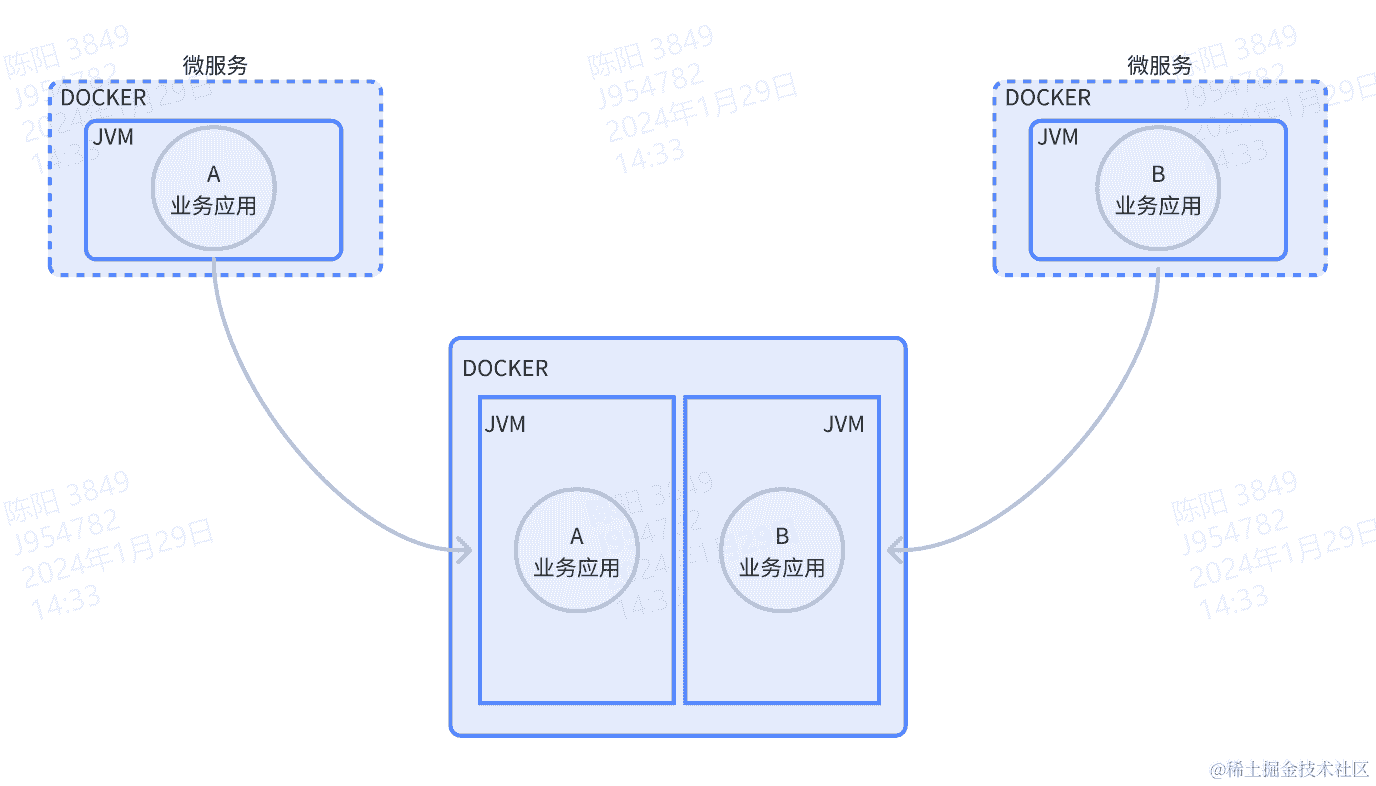解锁未来:跟随 ChatGPT 的足迹,创造未来一代 AI 系统
2023-06-06 20:15:39
Unlocking the Future: Building the Next Generation of AI Systems in the Footsteps of ChatGPT
In the realm of artificial intelligence, we stand at the threshold of an exhilarating era. The advent of ChatGPT has propelled AI technology to unprecedented heights. This remarkable large language model not only answers a vast array of questions but also generates text, code, and music with astonishing proficiency.
But how does ChatGPT achieve these incredible capabilities? The answer lies in its three-step training methodology.
ChatGPT's Three-Pronged Training Approach
ChatGPT's training process comprises three distinct steps:
-
Pre-training: Initially, ChatGPT undergoes extensive pre-training on a colossal dataset of text. This enables it to grasp the nuances of human language, its structure, and usage.
-
Fine-tuning: Subsequently, ChatGPT is fine-tuned on specific tasks. This allows it to master the intricacies of performing particular tasks, such as answering questions, generating text, and creating code.
-
Evaluation: Finally, ChatGPT's performance on various tasks is meticulously evaluated. Only after demonstrating satisfactory proficiency is it deployed into production environments.
The Evolving Landscape of Large Language Models
ChatGPT is not alone in its groundbreaking capabilities. Recent years have witnessed the emergence of a myriad of other large language models. These models include:
- BERT
- GPT-3
- T5
- ELECTRA
- XLNet
These models, while trained on similar principles, exhibit unique structural and performance characteristics. The following diagram illustrates their evolutionary lineage:
[Image of the Evolution of Large Language Models]
Harnessing Knowledge to Create the Next Generation of AI Systems
Empowered with this knowledge, we can chart the course for creating the next generation of AI systems. Here are a few guiding principles:
-
Leveraging Larger Datasets: We can augment the performance of AI systems by training them on datasets of unprecedented scale. This will broaden their knowledge base and enhance their capabilities across diverse tasks.
-
Harnessing More Powerful Computing Resources: By providing AI systems with access to more potent computational resources, we can accelerate their training and empower them to achieve even greater performance.
-
Employing Cutting-Edge Algorithms: Incorporating the latest algorithmic advancements into AI training will unlock the potential for tackling more complex tasks and delivering enhanced performance.
Conclusion
ChatGPT has unveiled the boundless possibilities that lie ahead in the realm of AI technology. By leveraging its lessons, we can embark on the journey of building the next generation of AI systems, ones that will empower us to solve complex challenges and envision a brighter future.
FAQs
1. What are the key advantages of using large language models like ChatGPT?
- Their ability to understand and generate natural language.
- Their versatility in performing various tasks, from answering questions to generating creative content.
- Their potential to transform industries and automate complex processes.
2. Are there any limitations to ChatGPT's capabilities?
- While highly proficient, ChatGPT is not immune to errors or biases.
- It lacks the ability to reason or make logical inferences beyond its training data.
- Its performance can be affected by the quality and diversity of the training data.
3. What are the ethical considerations associated with large language models?
- Ensuring fairness and mitigating bias in their training and deployment.
- Addressing potential privacy and security concerns related to data collection and usage.
- Establishing responsible guidelines for their application in various domains.
4. How can businesses leverage ChatGPT to enhance their operations?
- Automating customer service and support interactions.
- Generating personalized marketing content.
- Analyzing large datasets to extract insights and make informed decisions.
5. What does the future hold for large language models?
- Continued advancements in performance and capabilities.
- Integration with other technologies, such as computer vision and robotics.
- Increasing adoption across industries, revolutionizing the way we work and live.



